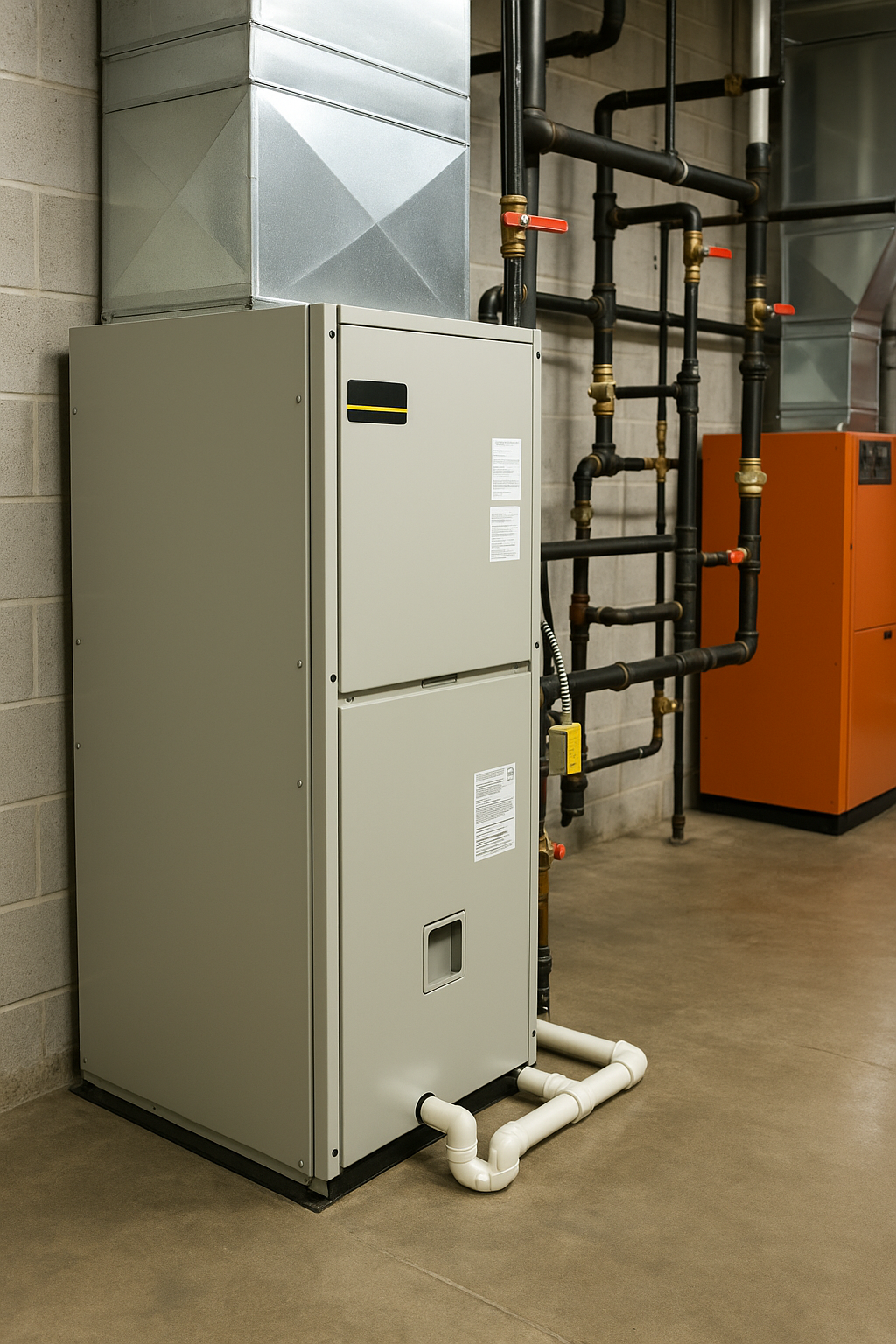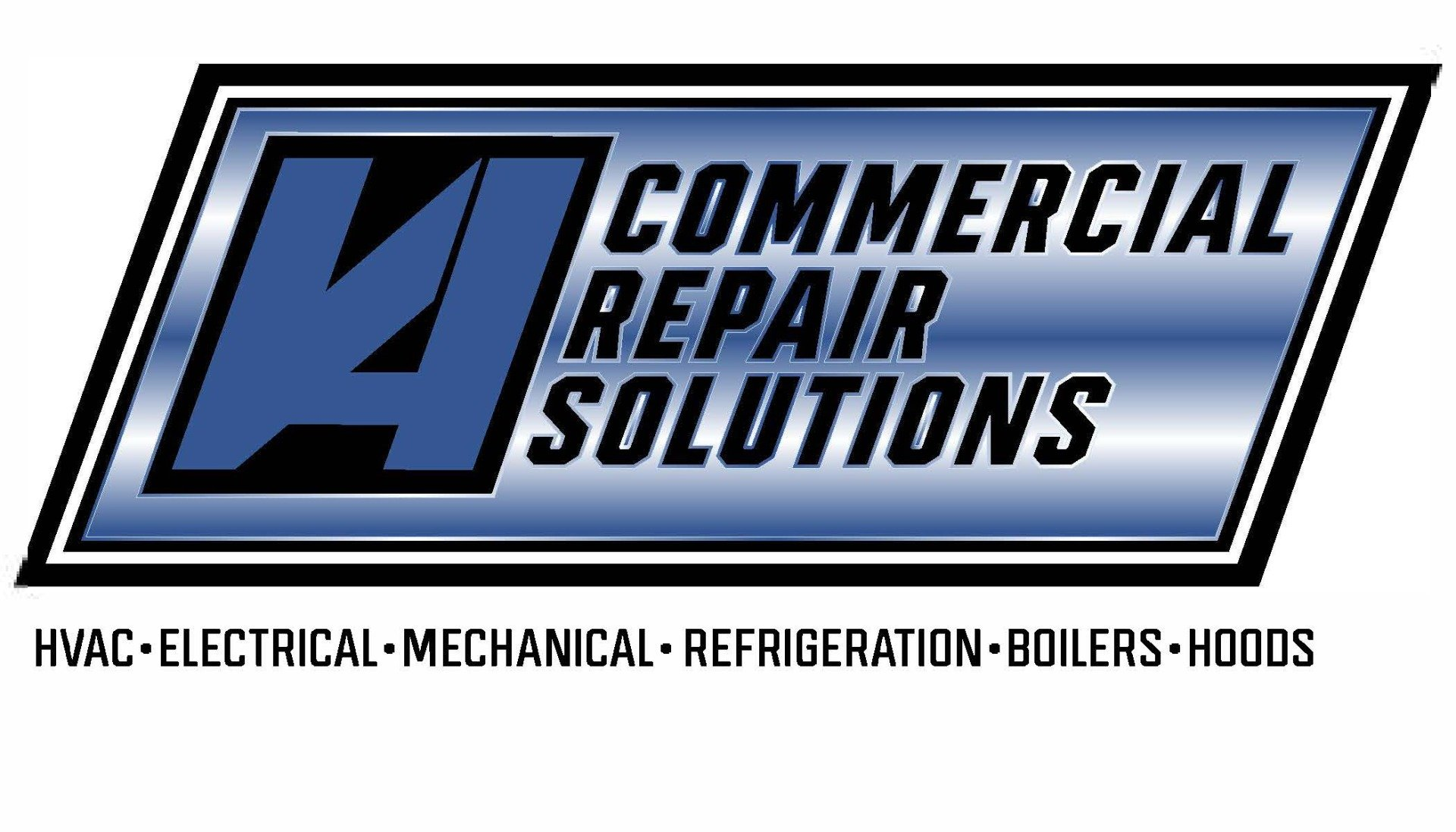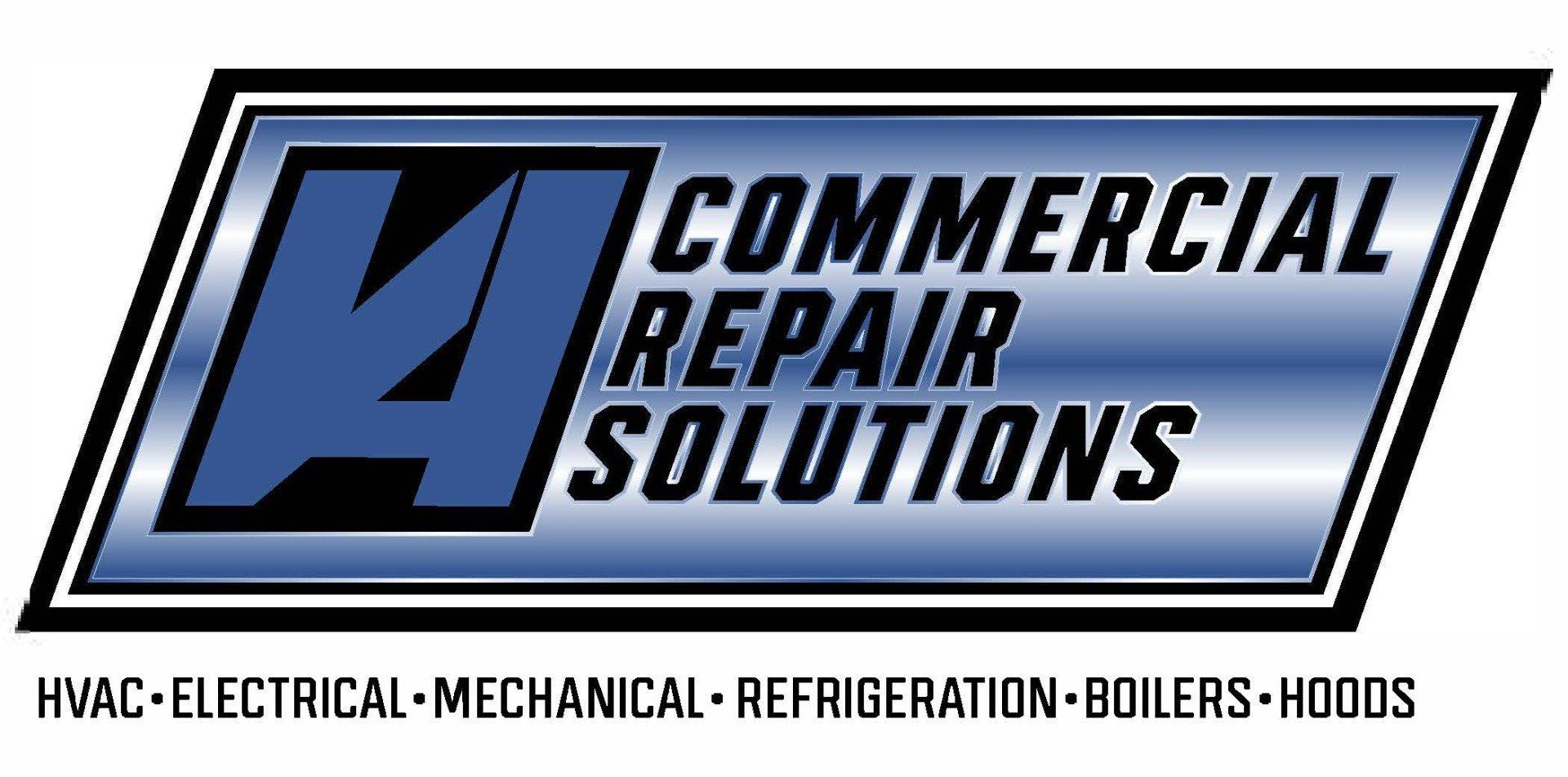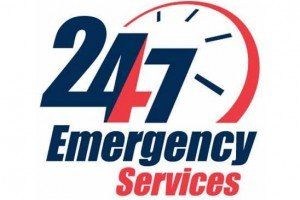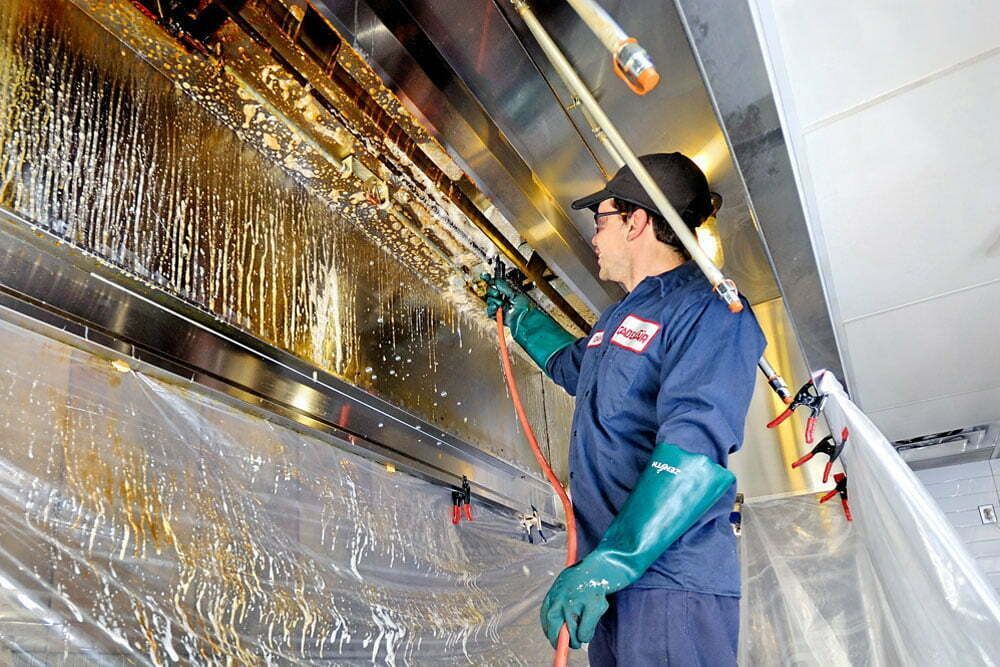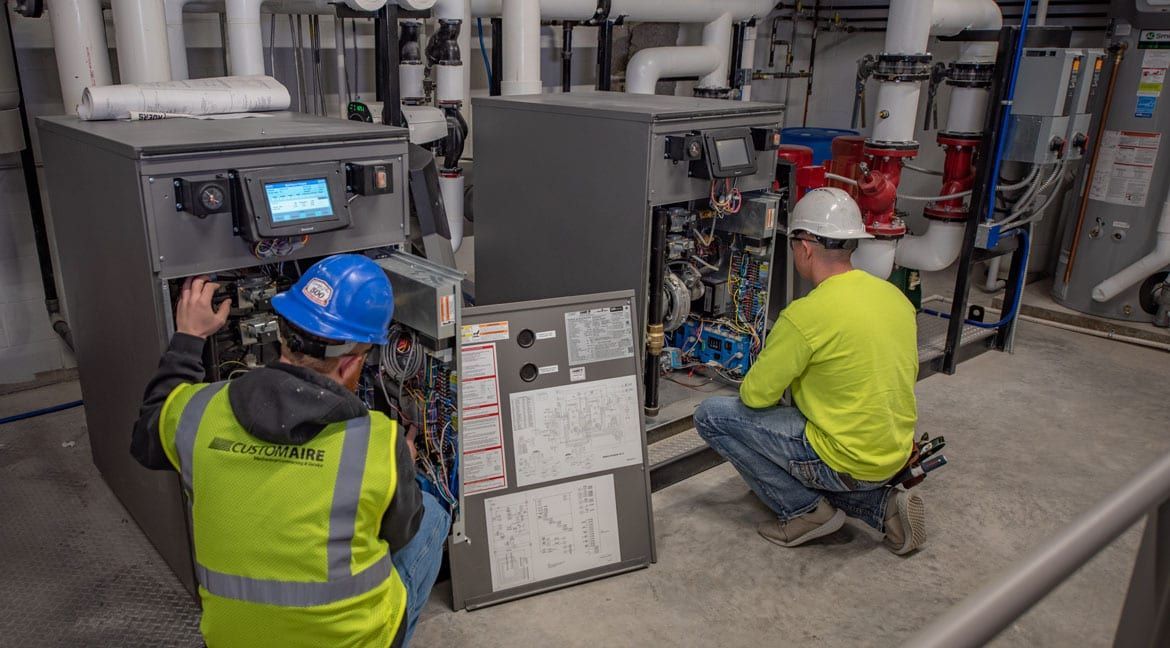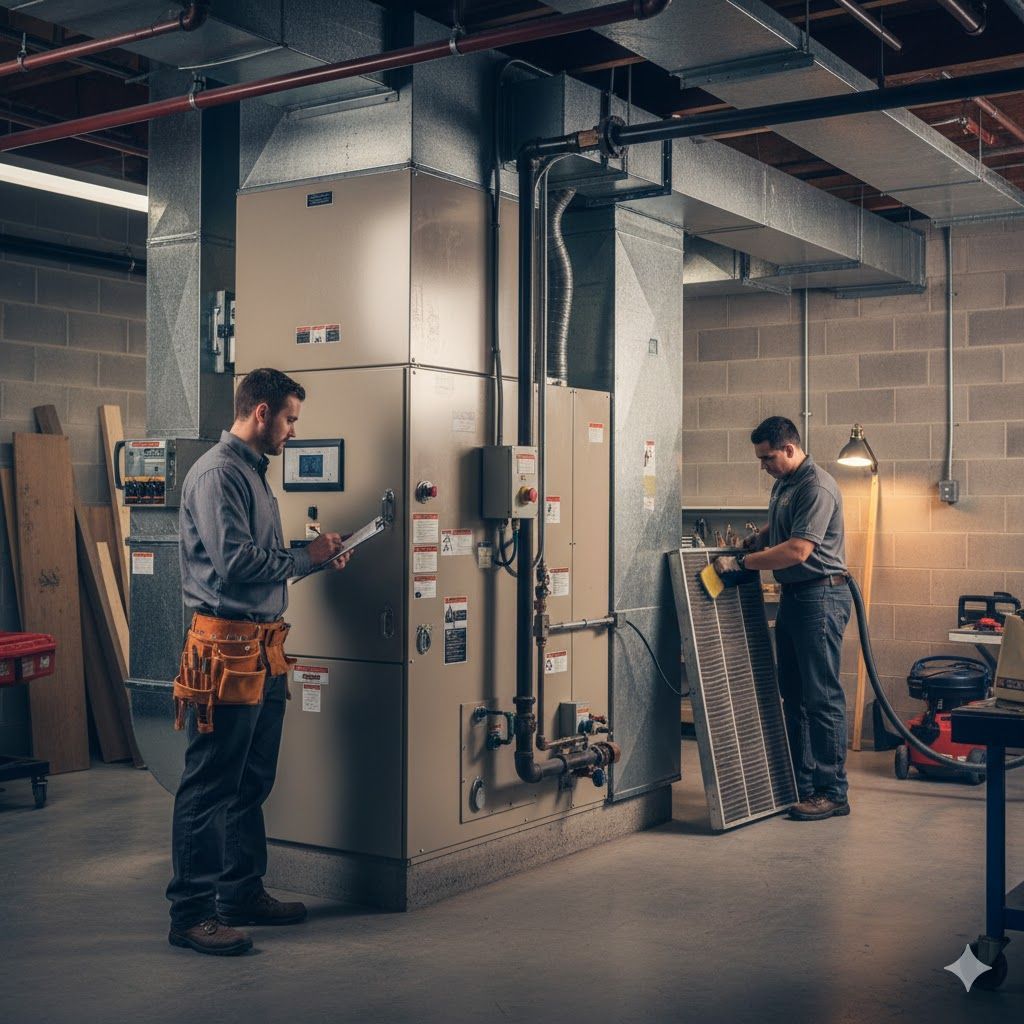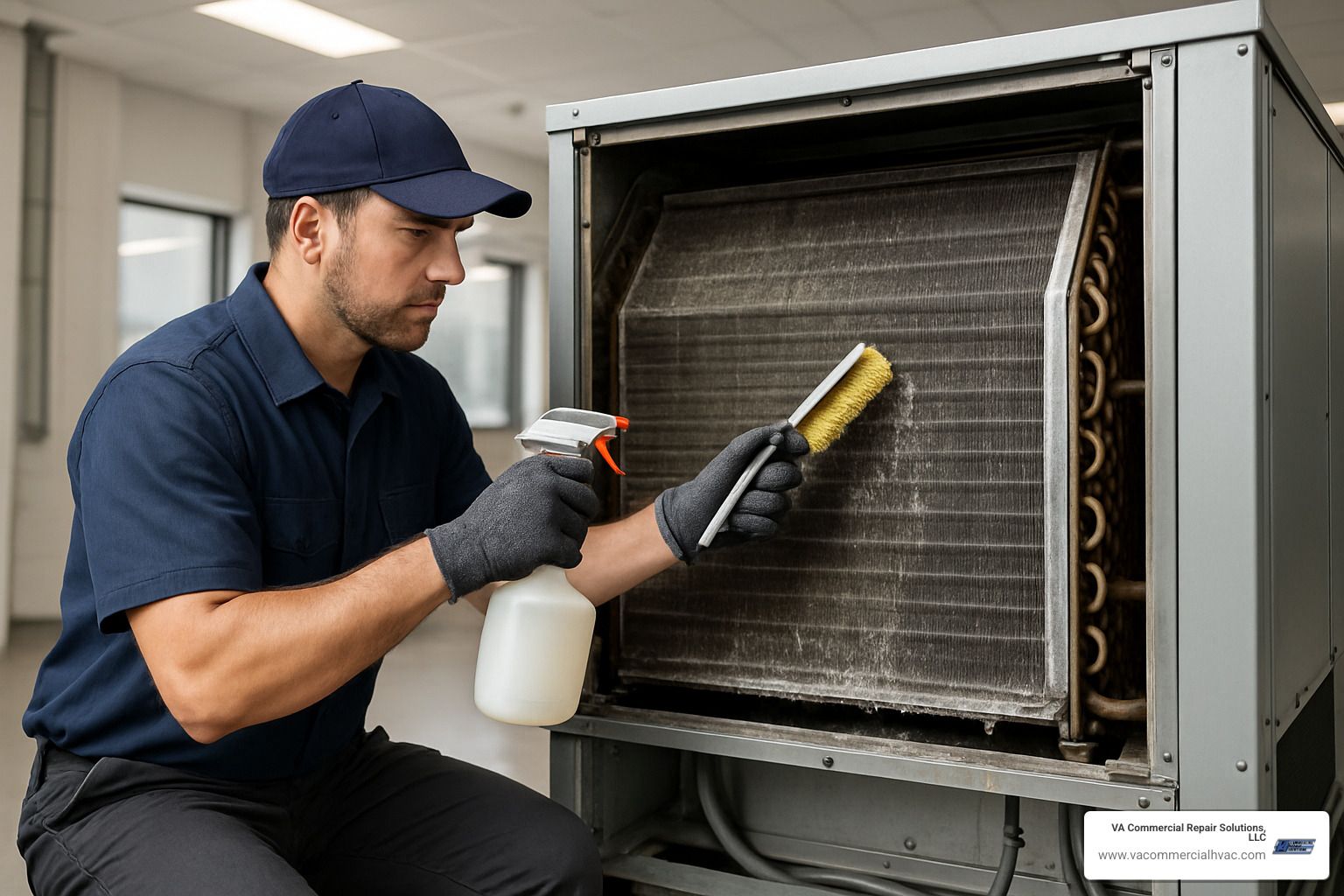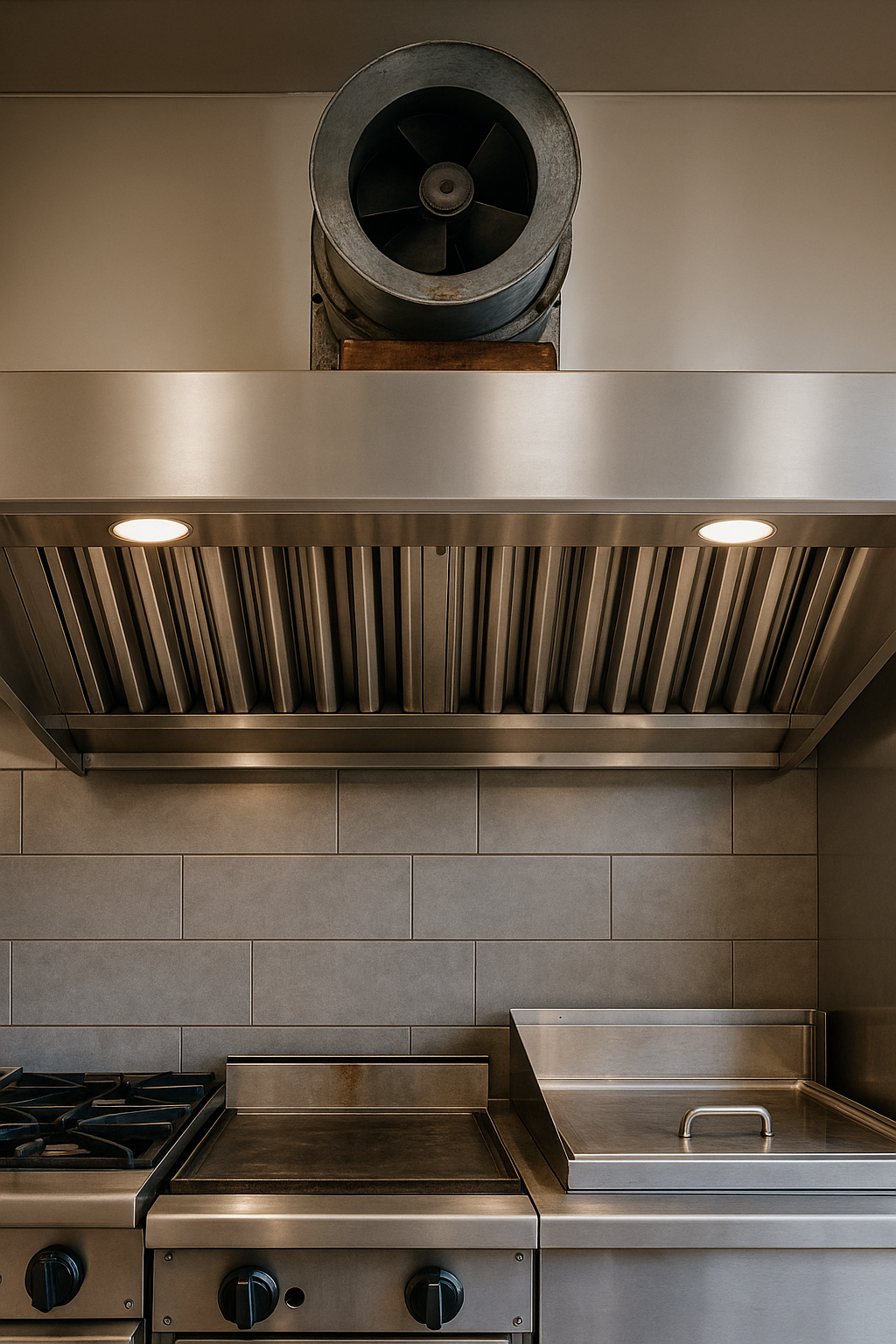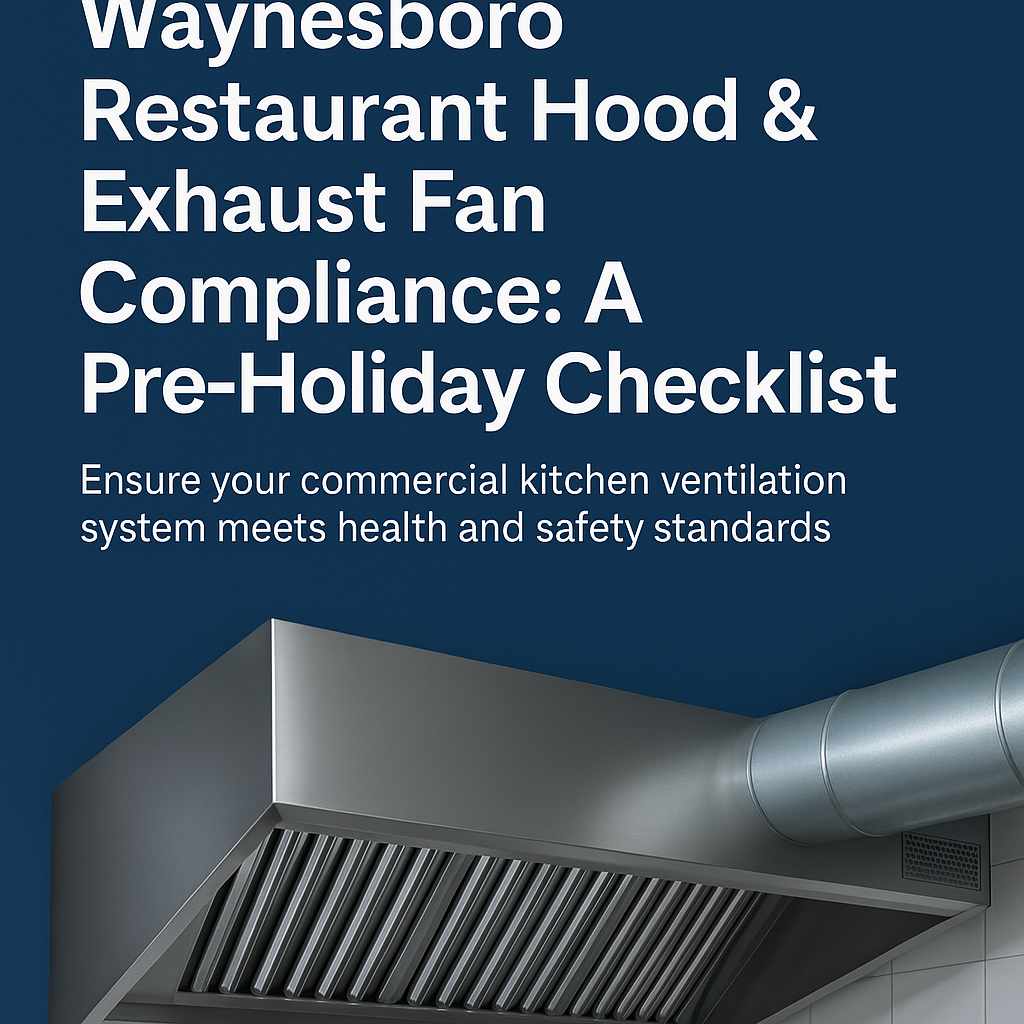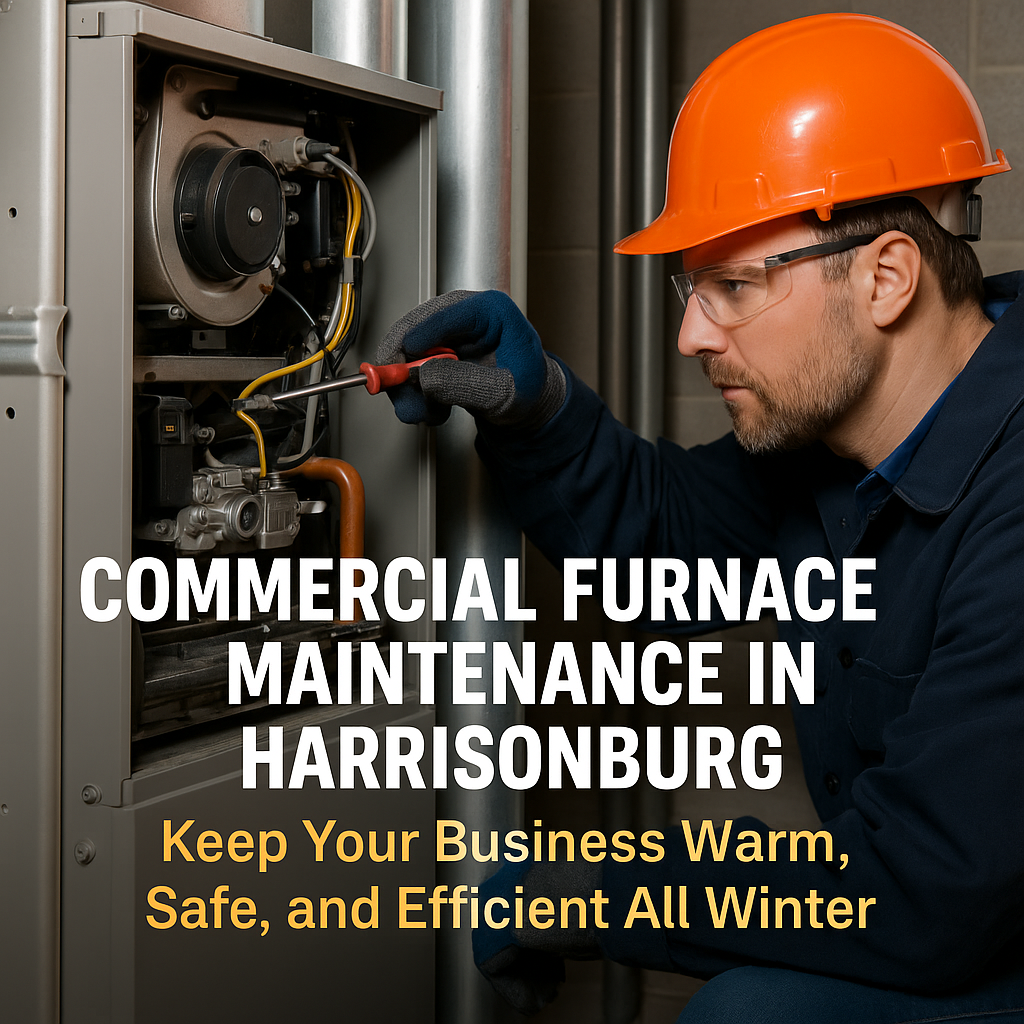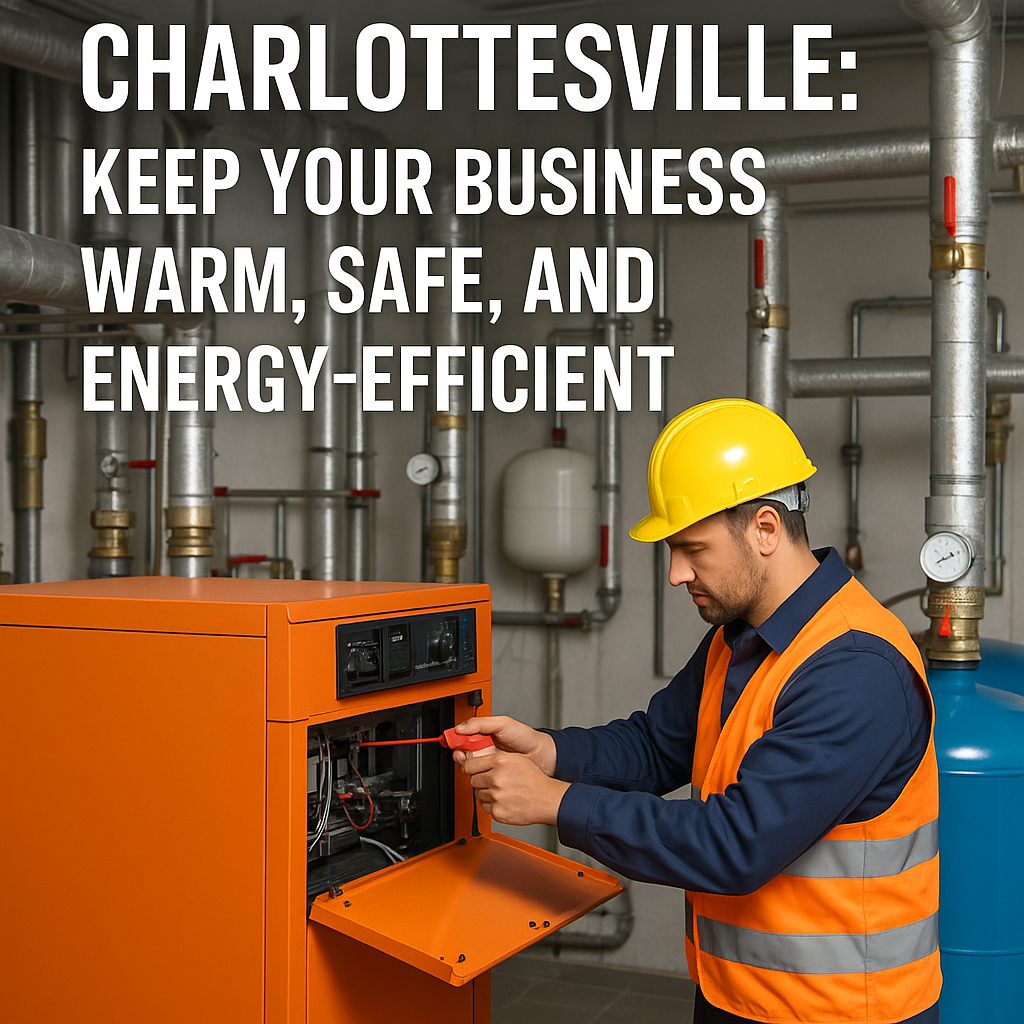5 Smart Strategies for Choosing a Refrigeration Repair Service
Why Your Business Can't Afford the Wrong Refrigeration Repair Service

Refrigeration repair service problems can shut down your restaurant or facility in hours, not days. When your walk-in cooler fails or ice machine breaks down, you need fast, reliable help to prevent thousands in lost inventory and revenue.
Quick Answer: What to Look For in a Refrigeration Repair Service:
- 24/7 availability with live phone support (no voicemail)
- EPA 608 certified technicians for safe refrigerant handling
- Same-day response for emergency repairs
- Upfront pricing with no hidden diagnostic fees
- Parts stocked on trucks for first-visit repairs
- Warranty coverage on both parts and labor
The average cost to repair commercial refrigeration ranges from $200-$800, but choosing the wrong service provider can cost you much more in spoiled food, lost customers, and repeated callbacks.
One sushi restaurant chain owner noted: "We could not imagine not having Commercial Refrigeration Repair NYC Pros by our side... we own a chain of Sushi Restaurants in Brooklyn, Manhattan, Queens." The right repair partner becomes essential to your daily operations.
The stakes are high. A failed walk-in cooler can spoil $5,000+ worth of inventory overnight. Poor service means longer downtime, frustrated customers, and health code violations.
I'm Gregg Kell from VA Commercial Repair Solutions, and I've helped dozens of Central Virginia businesses choose reliable refrigeration repair service providers that keep their operations running smoothly. My experience covers everything from emergency ice machine repairs to preventive maintenance programs that save businesses thousands annually.

Why Making the Right Choice Matters
Your refrigeration equipment is the heartbeat of your business operations. When it fails, you're not just dealing with a broken appliance—you're facing potential food safety violations, inventory losses, and angry customers.
Research shows that most refrigerators under 10 years old are worth repairing, as they can last anywhere from 10 to 18 years with proper care. However, the quality of repair work directly impacts this lifespan. Poor repairs lead to repeated failures, while professional service extends equipment life significantly.
The downtime risks are real. A restaurant can lose hundreds of customers per day when their refrigeration fails. Grocery stores face massive inventory spoilage. Hotels risk health department shutdowns. The ripple effects extend far beyond the initial repair cost.
How This Guide Is Structured
We've organized this guide around five proven strategies that separate reliable refrigeration repair service providers from the rest. Each strategy includes actionable checklists you can use immediately when evaluating service companies.
These strategies come from our experience serving businesses across Charlottesville, Harrisonburg, Waynesboro, Staunton, Lexington, and Fishersville. We've seen what works—and what causes expensive problems down the road.
Strategy 1: Verify Certifications & Experience in Refrigeration Repair Service

Here's something that might surprise you: anyone can claim to be a refrigeration repair service technician. But working with refrigerants isn't like fixing a leaky faucet—it requires specialized training, federal certifications, and years of hands-on experience with commercial equipment.
I've seen too many businesses get burned by uncertified "technicians" who cause more damage than they fix. One restaurant owner told me about a repair company that made their walk-in cooler problem worse, then disappeared when pressed for their EPA certification. Don't let this happen to you.
Why Certifications Matter for a Refrigeration Repair Service
EPA 608 certification isn't optional—it's federal law. Any technician handling refrigerants must have this certification, which proves they understand proper refrigerant recovery, recycling, and disposal. Without it, you're dealing with someone who's literally breaking the law every time they touch your equipment.
But EPA certification is just the starting point. NATE certification (North American Technician Excellence) shows a technician has gone above and beyond basic requirements. These folks have passed rigorous testing on HVAC and refrigeration systems. They understand the science behind what makes your equipment tick.
Factory training makes a huge difference too. Manufacturers like GE, Whirlpool, and Samsung provide specialized training on their equipment. A factory-trained technician knows the quirks of your specific brand—like how certain models tend to develop control board issues or which door gaskets fail first.
Years in business matter, but make sure it's the right kind of experience. You want someone who's spent time troubleshooting walk-in coolers, ice machines, and commercial refrigeration units—not just residential appliances. The systems are completely different.
Don't forget about background checks and insurance. You're letting these people into your business, often after hours. Legitimate companies screen their employees and carry proper liability coverage.
Red Flags When Evaluating a Refrigeration Repair Service
The biggest red flag? A company that can't immediately show you their licensing and insurance documents . Professional refrigeration repair service providers keep these handy because they're proud of their credentials.
Watch out for vague experience claims too. "Twenty years of appliance repair" sounds impressive until you realize it was all washing machines and dryers. Commercial refrigeration is a specialized field that requires specific knowledge.
Here's what should make you pause: companies with no physical address, prices that seem too good to be true, high-pressure sales tactics pushing equipment replacement, technicians who can't explain what they're doing, or anyone who won't offer a warranty on their work.
Trust your gut. If something feels off during your initial conversation, it probably is. The right refrigeration repair service will be transparent about their qualifications and happy to answer your questions.
Strategy 2: Compare Response Time & 24/7 Availability

When your walk-in cooler starts making strange noises at midnight or your ice machine dies during the lunch rush, you need help now —not tomorrow morning. This is where response time becomes absolutely critical for any refrigeration repair service .
Every hour your refrigeration stays down costs you money. A busy restaurant can lose hundreds of dollars in spoiled food within the first few hours. That's why the best repair companies have built their entire operation around speed and availability.
Same-day service should be the standard, not the exception. The top companies stock their service trucks with over 400 genuine parts specifically because they know most repairs can be completed on the first visit. No waiting days for parts to arrive while your business suffers.
Here's what separates the pros from everyone else: live phone answering . When disaster strikes at 2 AM, you don't want to leave a voicemail and hope someone calls you back. You need a real person who can dispatch a technician immediately and give you emergency guidance to minimize damage while help is on the way.
Service radius matters more than most people realize. A company that tries to cover too much territory might promise fast service but can't deliver when they're stretched thin. Look for providers who focus on your immediate area—they'll know the fastest routes and can truly guarantee quick response times.
Questions to Ask About Scheduling
Don't just take their word for it when companies promise "fast service." Get specific answers to these key questions:
"What's your average response time for emergency calls?" Professional companies track this data religiously. If they can't give you a specific timeframe or start hedging with vague answers like "we'll get there as soon as we can," that's a red flag.
"Do you provide arrival windows and technician tracking?" Some companies offer precise 30-minute windows and even text you when the technician is 15 minutes away. This means you don't waste your entire day waiting around for service.
"Who actually handles after-hours emergencies?" Here's the critical question: Do they have real technicians on call 24/7, or just an answering service that takes messages? The difference could mean getting help in an hour versus waiting until the next business day.
Service area coverage needs clarification too. Some companies charge hefty trip fees if you're outside their core zone, while others include travel in their standard pricing. Get this sorted out upfront to avoid surprise charges.
Preparing for Your Appointment
Once you've got service scheduled, a little preparation goes a long way toward getting your equipment fixed faster.
Clear the path to your refrigeration equipment before the technician arrives. They need room to work safely and efficiently. Moving boxes and supplies ahead of time can cut repair time significantly.
Hunt down those model and serial numbers while you're waiting. They're usually on stickers inside the unit or on the back panel. Having this information ready helps technicians understand your system and order any needed parts before they even arrive.
Plan your food storage strategy for longer repairs. Maybe you can borrow cooler space from a neighboring business, or perhaps you need to arrange temporary refrigeration. Having a backup plan prevents panic if the repair takes longer than expected.
Document what's happening with photos and notes about when the problems started. This detective work helps technicians diagnose issues faster and might reveal patterns that point to bigger system problems you'll want to address.
Strategy 3: Understand Pricing Models, Parts Access & Warranties
Money talks, especially when your walk-in cooler decides to take an unscheduled vacation. Understanding how refrigeration repair service companies handle pricing helps you spot fair deals and avoid those surprise bills that make your accountant cry.
The best approach? Fixed-price repair models that eliminate guesswork. Some companies offer transparent pricing starting around $190, covering everything—labor, parts, and travel. No hidden surprises, no "oops, that'll be extra" moments. Your budget stays intact, and you can actually plan ahead.
Trip charges usually run about $120 for diagnostic visits, but here's the thing—reputable companies credit this toward your repair cost if you move forward. Think of it as a good-faith deposit, not a penalty for needing help. Some companies skip diagnostic fees entirely because they'd rather fix your problem than nickel-and-dime you.
Parts availability makes or breaks your repair experience. Technicians who stock 400+ genuine parts on their trucks can usually fix your equipment in one visit. That means you're back in business today, not waiting around for parts to arrive next week while your ice cream melts.
The genuine parts versus aftermarket debate matters more than you might think. Original manufacturer parts fit properly and last longer. They also maintain your equipment warranties, which aftermarket parts can void. Generic parts cost less upfront, but they often fail sooner.
Warranty coverage varies wildly between providers. The best companies offer 1-year warranties on their work, with some extending 5-year parts warranties on major components. That's confidence in their craftsmanship—and protection for your investment.
Decoding Quotes & Hidden Fees
Labor rates typically range from $40 to $120 per hour, but hourly billing can turn into a budget nightmare if repairs drag on. That's why smart business owners ask for flat-rate pricing whenever possible.
Hidden fees lurk everywhere in this industry. After-hours surcharges can double your bill for weekend emergencies. Mileage charges add up quickly if you're outside the service area. Environmental disposal fees for old refrigerant or parts might appear as line items you never expected.
Diagnostic fees deserve special attention. Some companies use low diagnostic fees as bait, then hit you with inflated repair costs. Others charge reasonable diagnostic fees but provide thorough evaluations that prevent future problems.
Ask for written estimates that break down every cost before work begins. Labor here, parts there, any additional fees clearly listed. Legitimate companies provide detailed quotes because they have nothing to hide.
What a Solid Warranty Should Include
Warranty coverage separates the professionals from the fly-by-night operators. Parts coverage should protect you for at least one year, with premium providers offering up to 5 years on major components like compressors and control boards.
Labor guarantees typically run 30 days to one year. Longer labor warranties signal companies that stand behind their work. If they're willing to come back and fix their mistakes for free, they're probably doing it right the first time.
| Warranty Type | Standard Coverage | Premium Coverage |
|---|---|---|
| Parts | 90 days - 1 year | 2-5 years |
| Labor | 30-90 days | 6 months - 1 year |
| Service Call | None | 30-60 days |
| Satisfaction | None | Money-back guarantee |
Service call warranties protect you from paying twice for the same problem. If your compressor fails again within 60 days using the same part, that return visit should be free. This coverage shows the company takes responsibility for lasting repairs.
Money-back guarantees are rare but valuable. Companies offering satisfaction guarantees either do exceptional work or go out of business quickly. There's no middle ground when you promise to refund unhappy customers.
Strategy 4: Review Brand Expertise & Replacement Parts Availability

Brand expertise separates competent refrigeration repair service providers from exceptional ones. Different manufacturers have unique design quirks, common failure points, and specific repair procedures that generic technicians may not understand.
Multi-brand knowledge is essential for commercial operations that use equipment from various manufacturers. The best technicians can service everything from Whirlpool walk-in coolers to Samsung ice machines without missing a beat.
OEM (Original Equipment Manufacturer) parts ensure compatibility and longevity. While aftermarket parts cost less initially, they often fail sooner and may void existing warranties. Professional services stock genuine parts from major manufacturers.
Smart appliances and specialty units require additional expertise. Modern refrigeration equipment includes digital controls, Wi-Fi connectivity, and advanced diagnostics that older technicians may not understand. Ensure your service provider stays current with technology advances.
Brands & Units Most Pros Should Handle
A competent refrigeration repair service should have experience with these common commercial brands:
Walk-in coolers and freezers: - Kolpak - Master-Bilt - Norlake - True Manufacturing - Hussmann
Ice machines: - Manitowoc - Hoshizaki - Scotsman - Ice-O-Matic - Follett
Reach-in refrigerators: - True - Beverage-Air - Turbo Air - Delfield - Victory
Wine coolers and specialty units: - Sub-Zero - Viking - U-Line - Perlick - Allavino
Ask potential service providers about their experience with your specific equipment brands. Companies that hesitate or provide vague answers may lack the expertise your equipment requires.
Common Parts That Fail & How Pros Replace Them
Understanding common failure points helps you evaluate service provider knowledge and prepare for potential issues:
Compressors are the heart of refrigeration systems. Commercial freezer compressors typically last around ten years, while walk-in cooler compressors average fifteen years with proper maintenance. Replacement requires EPA certification for refrigerant handling.
Thermostats and control boards regulate temperature and system operation. Modern units use digital controls that require specific programming knowledge. Improperly sized thermostats or broken temperature probes commonly cause cooling failures.
Door gaskets and seals prevent warm air infiltration. Damaged seals force compressors to work harder, increasing energy costs and reducing equipment life. Professional replacement ensures proper fit and sealing.
Evaporator and condenser coils transfer heat to cool your space. Dirty coils reduce efficiency dramatically. Professional cleaning and maintenance prevent premature failure and reduce energy consumption.

Fans and motors circulate air throughout the system. A jammed fan can prevent air circulation and lead to ice buildup inside freezers. Professional technicians check airflow patterns and replace motors before they cause secondary damage.
Strategy 5: Evaluate Customer Service, Reviews & Guarantees

Here's something I've learned after years in the business: technical skills only get you halfway. The best refrigeration repair service providers combine expert knowledge with genuine care for their customers' success.
Think about it—when your walk-in freezer dies during your busiest weekend, you need more than just someone who can fix it. You need someone who understands the panic you're feeling and treats your emergency like their own.
Verified reviews tell the real story. Skip the generic "great service" comments and look for specific details. When customers take time to mention exact response times or describe how a technician went above and beyond, that reveals company culture.
Money-back guarantees aren't just marketing gimmicks—they're proof that a company has confidence in their work. Any refrigeration repair service willing to refund unsatisfied customers has systems in place to make things right when problems arise.
Preventive maintenance programs separate forward-thinking companies from those just chasing repair calls. The best providers understand that helping you avoid emergencies builds stronger relationships than waiting for things to break.
Key Metrics in Online Reviews for a Refrigeration Repair Service
When I help businesses evaluate service providers, I tell them to read reviews like a detective. Look for patterns that reveal how companies really operate.
Response speed stories matter most during emergencies. Reviews mentioning "arrived within hours" or "called back immediately" indicate companies that prioritize urgent situations. Pay attention to weekend and after-hours experiences especially.
First-visit fix rates separate good technicians from exceptional ones. Comments like "had everything needed on the truck" or "fixed completely in one trip" show companies that invest in proper preparation and parts inventory.
Communication quality affects your entire experience. Look for praise about explaining problems clearly , providing upfront costs , and following up after repairs . These details reveal companies that respect your time and intelligence.
Problem resolution when things go wrong shows true character. Even excellent companies face occasional issues, but the best ones turn problems into opportunities to demonstrate their commitment to customer satisfaction.
Watch for red flags like repeated complaints about hidden fees , unprofessional behavior , or incomplete repairs requiring multiple visits . These patterns indicate systemic problems that won't improve.
Added-Value Programs to Look For
The most successful refrigeration repair service relationships extend far beyond emergency repairs. Smart companies offer programs that help prevent problems and build long-term partnerships.
Maintenance plans typically save businesses hundreds of dollars annually through regular inspections, cleaning, and minor adjustments that prevent major failures. These programs often include priority scheduling and discounted repair rates when issues do arise.
Eco-friendly practices matter for environmentally conscious businesses and regulatory compliance. Look for companies that properly recover and recycle refrigerants , use energy-efficient replacement parts , and follow responsible disposal practices.
Emergency response programs provide guaranteed response times when you need them most. Some companies offer service level agreements with specific timeframes for different emergency types, giving you peace of mind during critical situations.
Training and education services help your staff identify problems early and perform basic maintenance tasks safely. Companies that invest in customer education demonstrate commitment to your long-term success, not just quick repair profits.
Parts and labor bundling packages combine regular maintenance with repair coverage for predictable monthly costs. This approach helps businesses budget accurately while ensuring consistent equipment performance.
Conclusion
Finding the right refrigeration repair service isn't just about fixing broken equipment—it's about protecting your entire business operation. When your walk-in cooler fails at midnight or your ice machine breaks during the lunch rush, you need a partner who understands that every minute counts.
The five strategies we've walked through together give you a solid foundation for making this critical choice. Verifying certifications ensures you're working with qualified professionals who can handle refrigerants safely. Comparing response times separates companies that truly understand emergencies from those who just claim to. Understanding pricing models protects you from surprise bills when you're already stressed about equipment failure.
Brand expertise matters because your Manitowoc ice machine has different quirks than your True reach-in cooler. And evaluating customer service helps you find a company that treats your business like it matters—because it does.
Here's the truth about refrigeration repairs: the cheapest option almost never saves you money in the long run. Professional service costs more upfront, but it keeps your equipment running longer, prevents repeated breakdowns, and gives you peace of mind. As we've seen throughout this guide, transparency in pricing and service delivery makes all the difference.
At VA Commercial Repair Solutions, we built our entire business around what frustrated us most about this industry. No voicemail, ever. When you call us at 3 AM because your freezer is failing, a real person answers who can immediately dispatch help or guide you through emergency steps to minimize damage.
Our EPA-certified technicians serve businesses throughout Central Virginia—from the restaurants in downtown Charlottesville to the grocery stores in Lexington. We stock hundreds of genuine parts on our service trucks because we know you can't afford to wait for a second appointment.
We believe in repair over replacement whenever possible. Why spend $8,000 on a new walk-in cooler when a $400 compressor repair will give you five more years of reliable service? Our comprehensive warranties back up that commitment, so you know the repair will last.
Whether you're dealing with a refrigeration emergency right now or planning ahead for future needs, the right service partner becomes part of your team. They should know your equipment, understand your business hours, and respond like your success matters to them too.
VACRS 24/7 refrigeration repair service provides that single-call solution for all your commercial refrigeration needs across Central Virginia. Don't let equipment failures shut down what you've worked so hard to build.
When refrigeration problems strike, you'll be glad you chose a partner who answers the phone live, arrives the same day, and fixes it right the first time.
